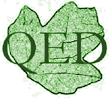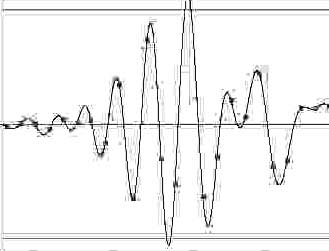
QUODITCH EDUCATION DEVON
BATS AT QUODITCH
It is difficult to recognise the different sorts of bats, so we are gradually recording the various bat calls at Quoditch.
So far, using a bat detector (kindy made available by John Randall) we have identified two sorts of bats at Quoditch.
NOCTULE BAT
Noctule bats are the largest of the British bats with a wing span of between 35 and 40cmand a head and body length of about 8 cm. They have narrow wings and can weigh up toabout 40gm. Golden brown in colour the noctule bat can live up to 12 years and roosts mainly in hollow trees as opposed to buildings. They can be seen in deciduous woodland, of which there is plenty at Quoditch, as well as over pasture and water. They derive their name from the Italian "nottola" which comes from the latin "nox", "noctis" - "night". The noctule bat "squeaks" at a frequency in the range from about 25 kiloHertz and above, just above the range of hearing of the average human being, although it is possible for young people to hear them.
PIPISTRELLE BAT (Pipistrellus pipistrellus)
The pipistrelle bat, which is reddish to dark brown in colour, is the most common of the British species as well as being the smallest. It is normally about 35 to 45 mm long, has a wingspan between 20 and 25 cm and can weigh up to about 8 grams. It can often be found near water where it feeds from the insects attracted to the water. It gets its name from the Italian "pipistrella", a form of "vespertilio" which derives from the Latin "vesper" - "evening". It's life span is about 16 years.
